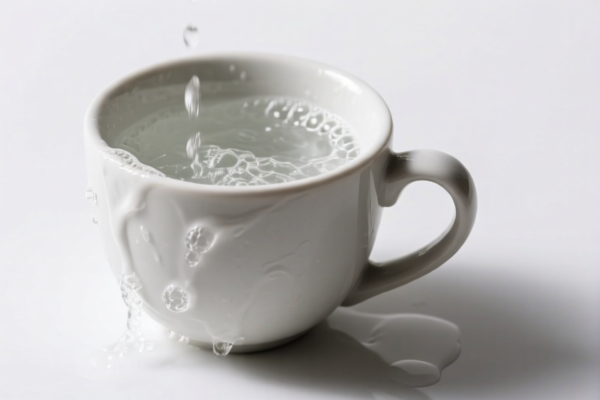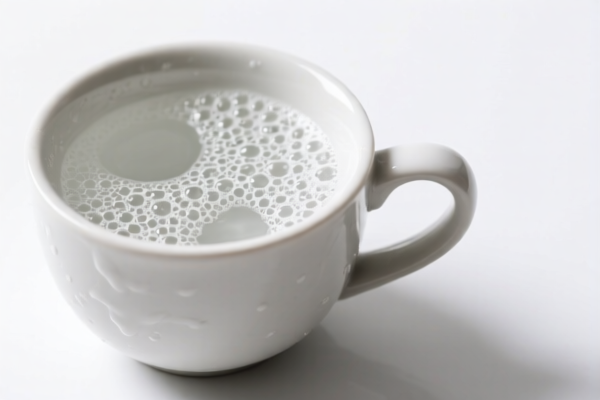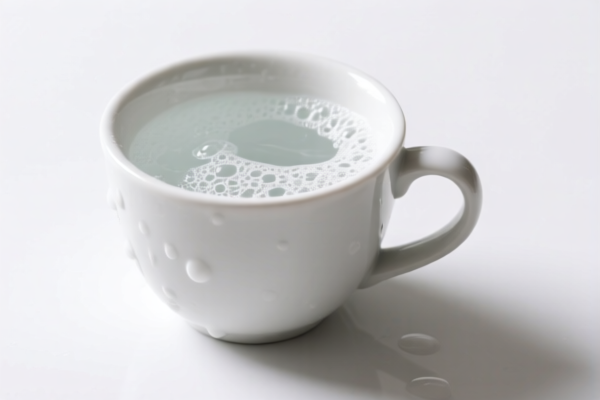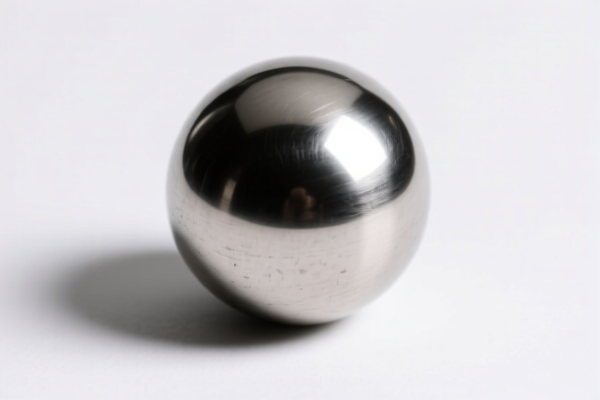| HS Code | Official Doc | Tariff Rate | Origin | Destination | Effective Date |
|---|---|---|---|---|---|
| 3926901000 | Doc | 40.9% | CN | US | 2025-05-12 |
| 3926901000 | Doc | 40.9% | CN | US | 2025-05-12 |
| 3924104000 | Doc | 33.4% | CN | US | 2025-05-12 |
| 3924905650 | Doc | 40.9% | CN | US | 2025-05-12 |
| 6307908500 | Doc | 35.8% | CN | US | 2025-05-12 |
| 6307909885 | Doc | 37.0% | CN | US | 2025-05-12 |
| 6304996040 | Doc | 33.2% | CN | US | 2025-05-12 |
| 6304996020 | Doc | 33.2% | CN | US | 2025-05-12 |




Washing Ball
A washing ball, also known as a laundry ball, is a reusable laundry accessory designed to assist in cleaning clothes within a washing machine. They are typically constructed from thermoplastic polymers, often featuring raised nodules or fins on their surface.
Purpose:
The primary purpose of washing balls is to enhance the cleaning action of laundry detergent, reduce detergent usage, and soften fabrics. They aim to provide a more environmentally friendly and cost-effective laundry solution.
Function:
Washing balls function through mechanical action. As the washing machine agitates, the balls bounce and rub against the clothes, helping to loosen dirt and grime. The raised surfaces increase friction and create a scrubbing effect. Some balls are designed with specific shapes or internal structures to further improve their performance. The movement also helps to prevent clothes from clumping, ensuring more thorough detergent distribution and rinsing.
Usage Scenarios:
- Standard Washing Machines: Compatible with both top-load and front-load washing machines.
- All Fabric Types: Suitable for use with most fabrics, including cotton, synthetics, delicates, and towels. However, some manufacturers recommend avoiding use with heavily soiled items or certain delicate fabrics.
- Reducing Detergent Consumption: Users typically reduce the amount of detergent used when employing washing balls, often by 50-75%.
- Softening Clothes: The mechanical action can help to naturally soften fabrics, potentially reducing the need for fabric softener.
- Sensitive Skin: Some individuals find that washing balls, when used with reduced detergent, can be beneficial for sensitive skin.
Common Types:
- Solid Washing Balls: These are single, solid pieces of thermoplastic polymer with raised nodules or fins. They are the most common type.
- Hollow Washing Balls: These balls contain internal chambers or structures designed to improve their agitation and cleaning power.
- Eco-Wash Balls: Marketed as environmentally friendly options, often made from recyclable materials and designed to maximize detergent reduction.
- Smart Washing Balls: Newer designs may incorporate features like sensors or timers to optimize washing cycles.
- PVC Washing Balls: Older, less expensive versions are made of PVC, but are less environmentally friendly.
- TPR Washing Balls: A more common and environmentally friendly alternative to PVC.
Based on the provided information, identifying the precise HS code for "washing ball" requires careful consideration of its material and intended use. Here's a breakdown of potentially relevant HS codes:
- 3926901000: This code covers “Other articles of plastics and articles of other materials of headings 3901 to 3914: Other: Buckets and pails”. While washing balls aren’t buckets or pails, they are often made of plastic and fall under the broader category of “other articles of plastics”. The total tax rate is 40.9%, comprised of a 3.4% base tariff, a 7.5% additional tariff, and a 30.0% additional tariff effective April 2, 2025.
- 3924104000: This code covers “Tableware, kitchenware, other household articles and hygienic or toilet articles, of plastics: Tableware and kitchenware: Other”. If the washing ball is specifically designed for use in dishwashers or for cleaning kitchen items, it could fall under this classification. The total tax rate is 33.4%, consisting of a 3.4% base tariff and a 30.0% additional tariff effective April 2, 2025.
- 3924905650: This code covers “Tableware, kitchenware, other household articles and hygienic or toilet articles, of plastics: Other: Other”. This is a broader category that could apply if the washing ball is a general household cleaning item made of plastic. The total tax rate is 40.9%, comprised of a 3.4% base tariff, a 7.5% additional tariff, and a 30.0% additional tariff effective April 2, 2025.
According to the provided reference material, the HS code options related to 'washing ball' are limited, with only the following 3 found.
It is important to determine the precise material composition and intended use of the washing ball to ensure accurate classification. If the washing ball contains materials other than plastic, or has a specific function beyond general cleaning, other HS codes may be more appropriate.
Customer Reviews
No reviews yet.